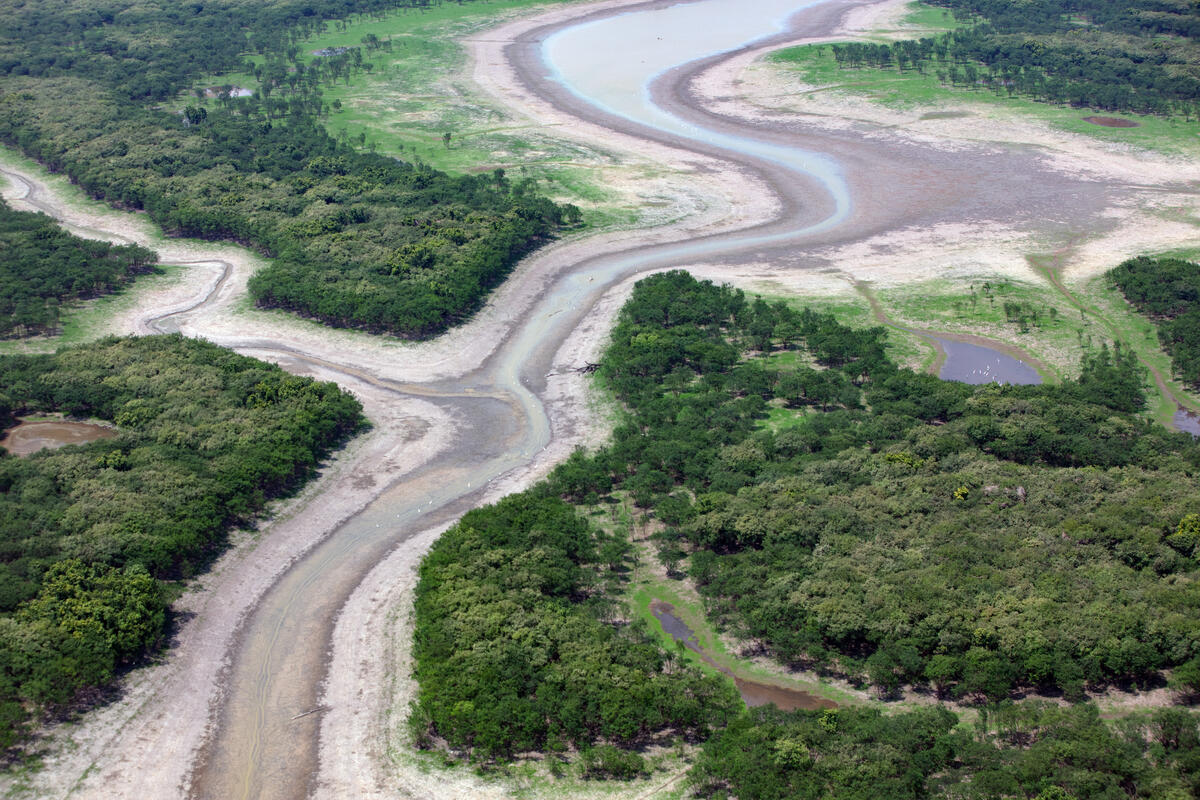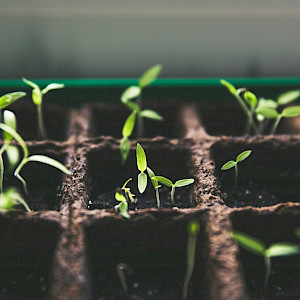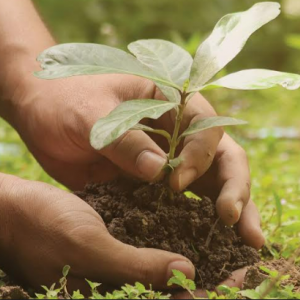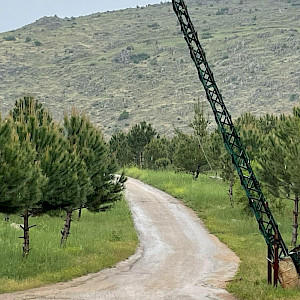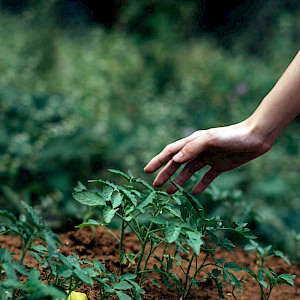Have you ever been in a forest when it’s raining? You may not notice when the rainfall ends – even if the clouds have stopped their downpour. Why? Because rain continues to drip through the canopy, slowly cascading off each layer of leaves until it reaches the forest floor. This phenomenon is beautifully summed up in the phrase Under the Tree it Rains Twice – an indicator of the crucial role that forests play in not only storing water, but also generating rainfall.
Nowadays science is clear: forests are indispensable to the water cycle, serving as a natural reservoir that benefits not only the immediate environment but also global climate systems. Deforestation upsets this balance and directly leads to reduced rainfall. Indeed, the extreme drought taking place in the Amazon has been exacerbated by the large-scale deforestation that has been taking place there: almost 20% of the Amazon rainforest has been completely cleared and lost.
Without forests, many regions could experience a significant decrease in rainfall, leading to droughts and affecting water supplies for agriculture and human consumption. The good news is – rainfall decline can be reversed. One study demonstrated that increasing vegetation boosts rainfall in the Sahel – an African semi-arid region that is vulnerable to drought. Reforestation could, therefore, be a long-term solution to drought, offering the potential to positively modify climate patterns and guarantee consistent rainfall.
As proof of the benefits of reforestation, here are five ways forests generate and store water:
1. Forests create rain
Trees and other vegetation release water vapour into the atmosphere through evapotranspiration. More than 40% of rainfall over land is due to evapotranspiration. When deforestation occurs, the impacts of reduced rainfall can be felt thousands of kilometres away: droughts in Brazilian megacity Sao Paulo are being influenced by deforestation in the Amazon. Protecting existing forests and regenerating forests is thus crucial for ensuring water security into the future.
2. Trees transport water
The Biotic Pump Theory explains how forests act as pumps that draw moist air from the seas and oceans towards the land. This phenomenon occurs as forests generate low-pressure areas above their canopies, attracting moist ocean air and creating winds that distribute rainfall inland. The presence of forests is crucial for maintaining this moisture transport mechanism, which is essential for the distribution of rainfall across vast geographical areas. The famous Spanish meteorologist Millan Millan observed the correlation between vegetation loss and the disappearance of summer storms in southern Spain. He offers a poetic summary on the link between vegetation and rainfall: water begets water, soil is the womb, vegetation is the midwife. Indeed, reforestation and revegetation can give life back to degraded ecosystems, ensuring healthy water cycles.
3. Canopies cool local and global temperatures
Forest canopies contribute to cooling both local and global temperatures through a combination of shading, evaporation, and transpiration. This natural cooling mechanism works similarly to air conditioning, reducing temperatures in forested areas and mitigating heatwaves. The deep roots of trees further extend this cooling effect, ensuring that forests can maintain cooler temperatures even during periods of intense heat. This cooling function is being applied to combat the urban heat island effect: increasing tree cover by 30% in cities would lower temperatures by up to 5 degrees Celsius.
4. Mosses intercept moisture
Trees, plants, lichen, and mosses all capture passing fog and clouds to capture moisture out of the atmosphere. Intercepted moisture replenishes groundwater supplies as it seeps into the soil. Studies demonstrate how lichens absorb water from fog can store a whopping 3360% of their dry weight in water. That’s a phenomenal stat for an organism that is often overlooked for its critical role in the water cycle. Mosses, lichens, and many other water-replenishing species rely on the trees for their survival. Reforestation thus not only allows us to bolster water resilience through the trees themselves – if done in a regenerative, context-specific way, it can help to restore biodiverse ecosystems where multiple species play a key role in regulating the water cycle.
5. Roots refill groundwater storage
Tree roots are essential for the efficient redistribution and deep transportation of rainwater into the ground, where it becomes part of the groundwater storage. This natural filtration and storage system helps maintain the availability of fresh water for ecosystems and human use. Research highlights that deep-rooting trees have a more significant impact on recharging groundwater storage than shallow-rooting vegetation. Regenerating areas impacted by deforestation is an effective method of recharging groundwater levels to replenish water catchments and ensure water security into the long-term.
Forest’s role as rainmakers: Implications for landscape restoration
Understanding forests’ role as rainmakers has profound implications for landscape restoration and sustainable water management. It underscores the necessity to include forest conservation and restoration in water management strategies that enhance water security, requiring a paradigm shift in how forest ecosystems are perceived and managed. The understanding offers new incentives to put the brakes on deforestation and instead drive reforestation, contributing to positive rainfall feedback loops. While the dynamic relationship between trees and waters, offers yet another reason to integrate agroforestry practices into existing agricultural.
By integrating this knowledge into restoration and conservation efforts, we add another reason to halt deforestation, safeguard the health of our landscapes, support resilient local communities, and ensure the availability of water for future generations.

